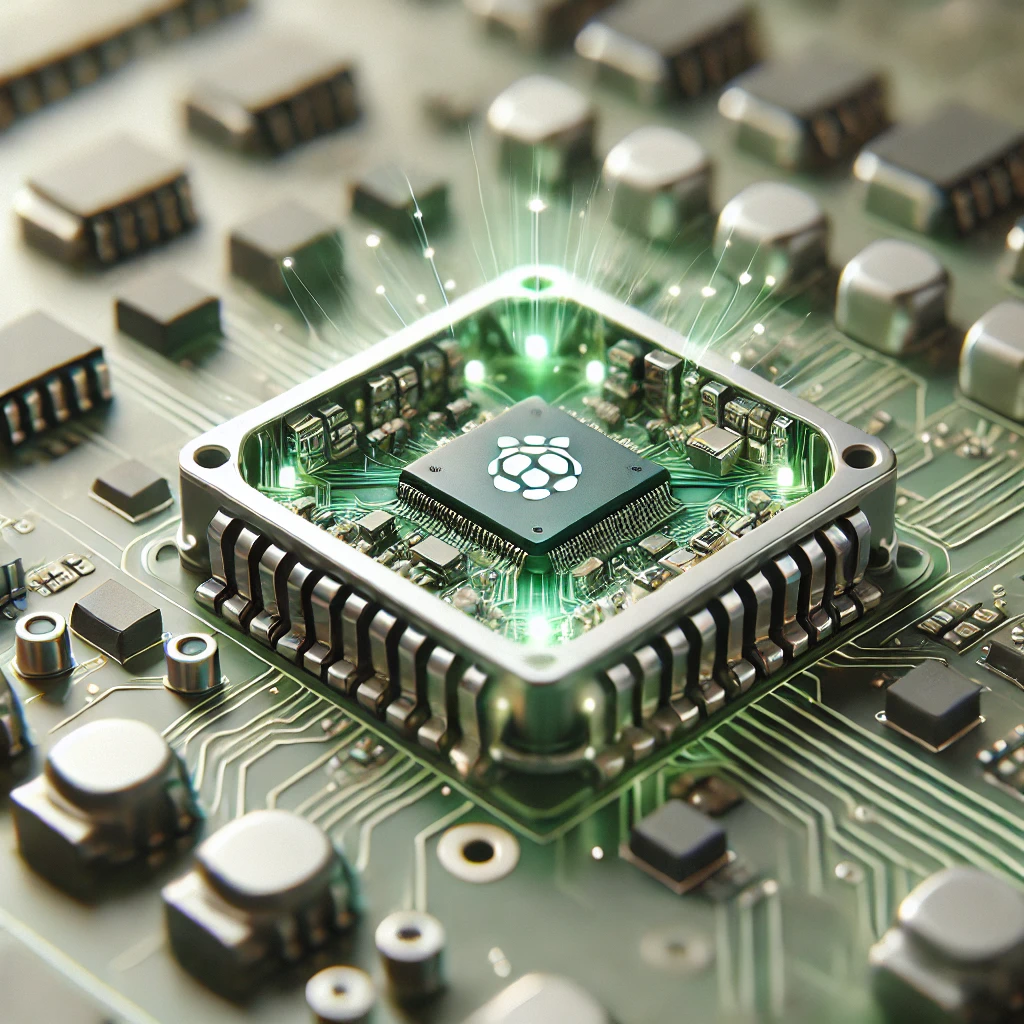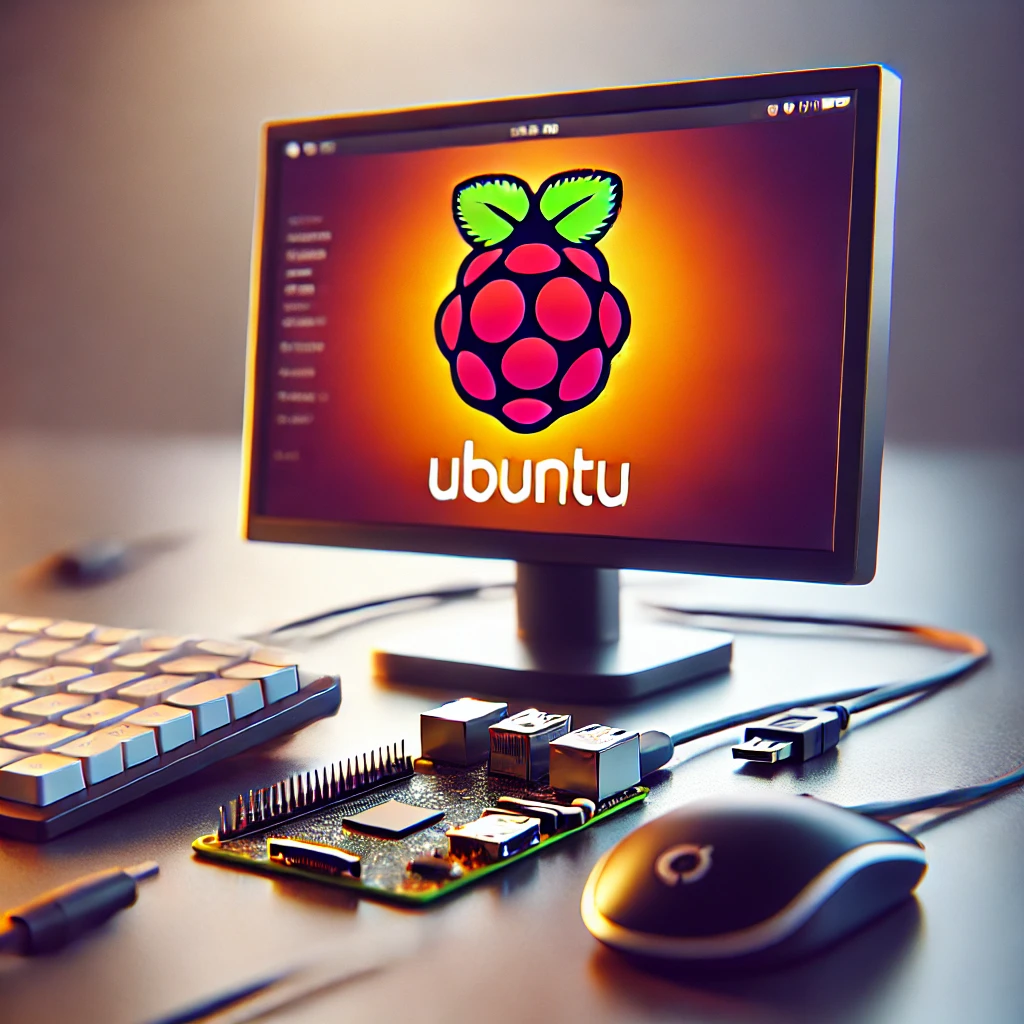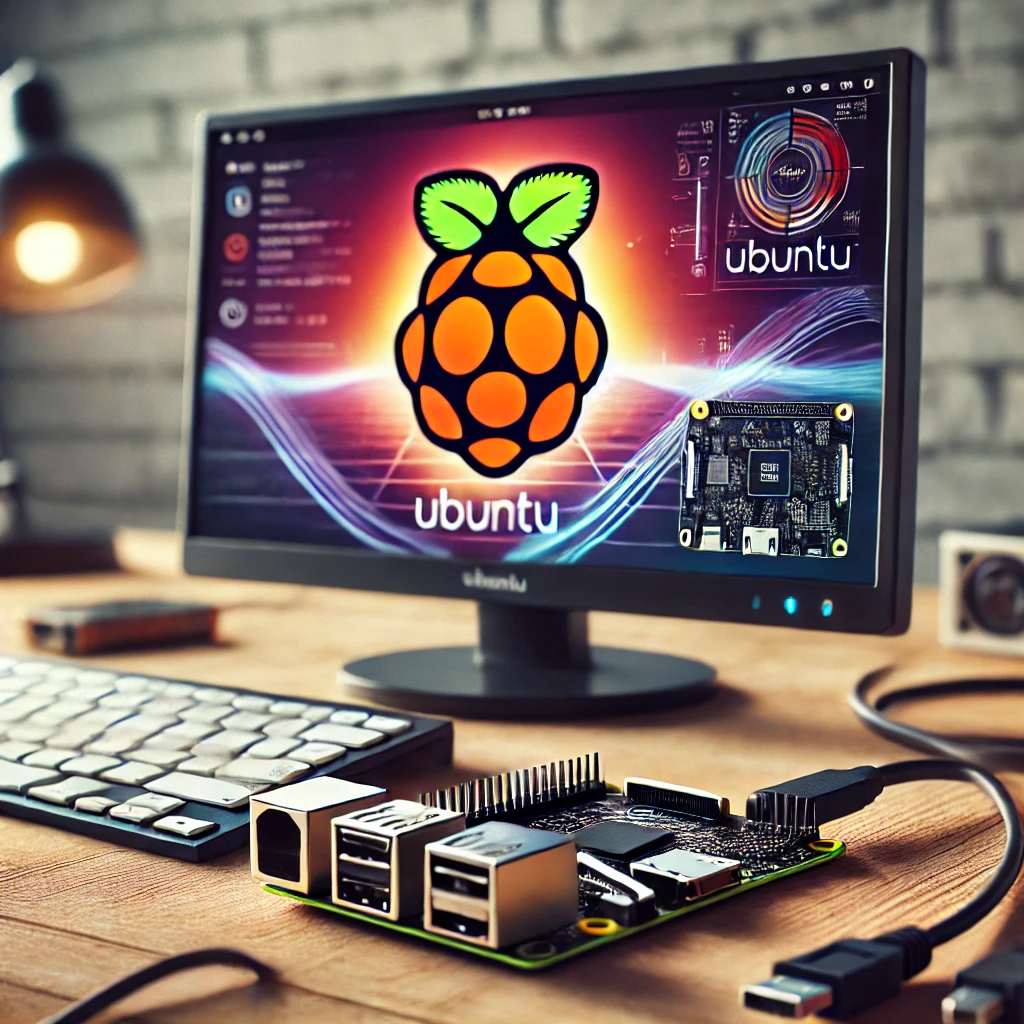The Raspberry Pi 5, the latest iteration of the beloved single-board computer, has just received a significant revision that brings unexpected power savings. Enthusiasts and developers alike have been eagerly awaiting the latest news on the Raspberry Pi 5, and this update delivers more than just incremental improvements—it redefines power efficiency for the platform.
Significant Power Savings
The revised Raspberry Pi 5 chip introduces advanced power management features that reduce energy consumption without sacrificing performance. Initial benchmarks and tests show that this updated chip consumes up to 30% less power compared to its predecessor, making it a perfect choice for projects where energy efficiency is paramount, such as IoT devices, portable computing, and off-grid systems.
Enhanced Performance and Efficiency
Despite the focus on power savings, the new chip does not compromise on performance. Users will experience faster processing speeds, improved graphics, and better overall system responsiveness. The Raspberry Pi Foundation has managed to strike a fine balance between power efficiency and performance, ensuring that the Raspberry Pi 5 remains the go-to solution for a wide range of applications.
A Game-Changer for IoT and Edge Computing
The reduction in power consumption opens up new possibilities for using the Raspberry Pi 5 in IoT and edge computing environments, where battery life and low power draw are critical. Developers can now design more energy-efficient systems, extending the lifespan of battery-powered devices and reducing operational costs.
Easy Transition for Current Users
For those already invested in the Raspberry Pi ecosystem, transitioning to the revised Raspberry Pi 5 chip is seamless. The new chip remains compatible with existing Raspberry Pi 5 boards, so users can easily upgrade without needing to purchase new hardware. This backwards compatibility is a testament to the Raspberry Pi Foundation’s commitment to its user community.
The revised Raspberry Pi 5 chip is a significant leap forward, offering unexpected power savings while maintaining the performance that users have come to expect. This update not only enhances the Raspberry Pi 5’s appeal but also solidifies its place as a leading platform for energy-efficient computing projects.





